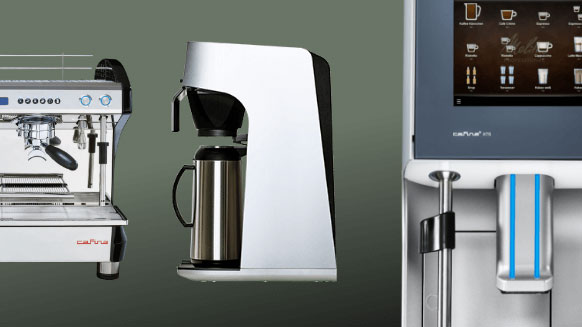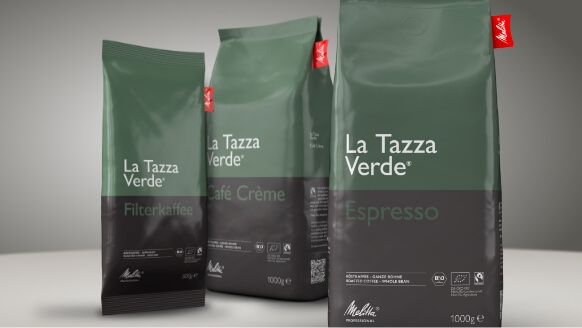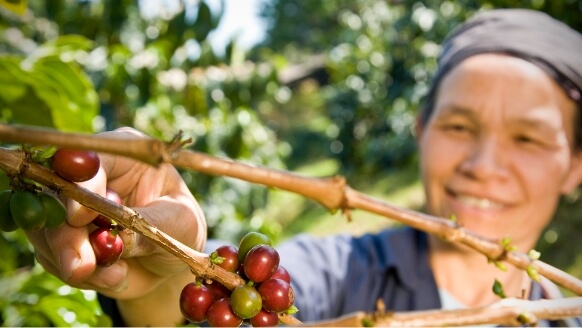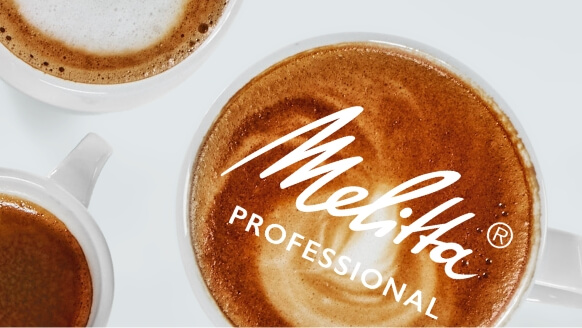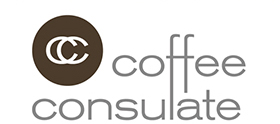Sensory perception – the key to food
Sensory perception refers to how we process the stimuli our senses receive from their environment. Without these perceptions we could not see, hear, taste, smell or feel. The respective senses are called vision, audition, gustation, olfaction and somatosensation. The last three are particularly important in the field of coffee.
By using a structured and systematic description of coffee we can identify all the influencing factors – from the raw material, to the refining, processing and preparation – and their effects on the result in the cup. From this, we can then derive all forms of product development.
In this context, it’s always interesting to note the extent to which sensory analysis is underestimated and neglected as a method. In most cases, the persons responsible don't feel sufficiently competent to make correct and valid sensory assessments. This is surprising as comparative methods are particularly simple and unambiguous – the best examples here are the comparison test, ranking test or triangle test, which do not require any descriptions and only document differences, concentrations or preferences.
It is definitely worth using sensory analysis more intensively in all areas of coffee – in production, to optimize coffee quality, coffee blends, roasting profiles or grinding degrees in the roasting plants; in technology, to analyze and enhance the influence of grinding discs, extraction, temperature or water hardness; and in coffee preparation, to question traditional methods and improve them with regard to the overall taste experience.
In order to calibrate your senses and learn a highly practical sensory perception system, it is often enough to join a two to three-day course in which sensory procedures and their application are taught. This is clearly confirmed by the feedback we receive from participants of our sensory analysis workshops.
It is definitely worth sharpening and trusting your “good taste” more often.
